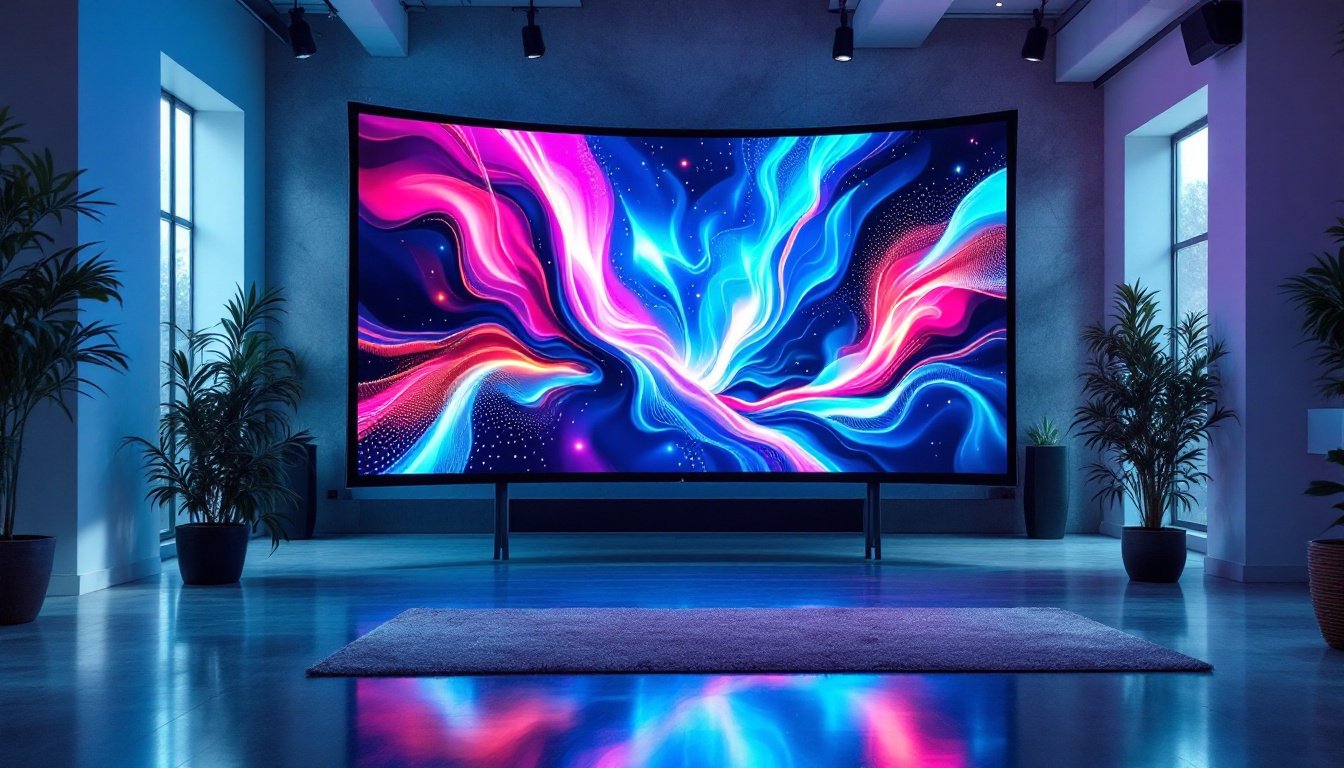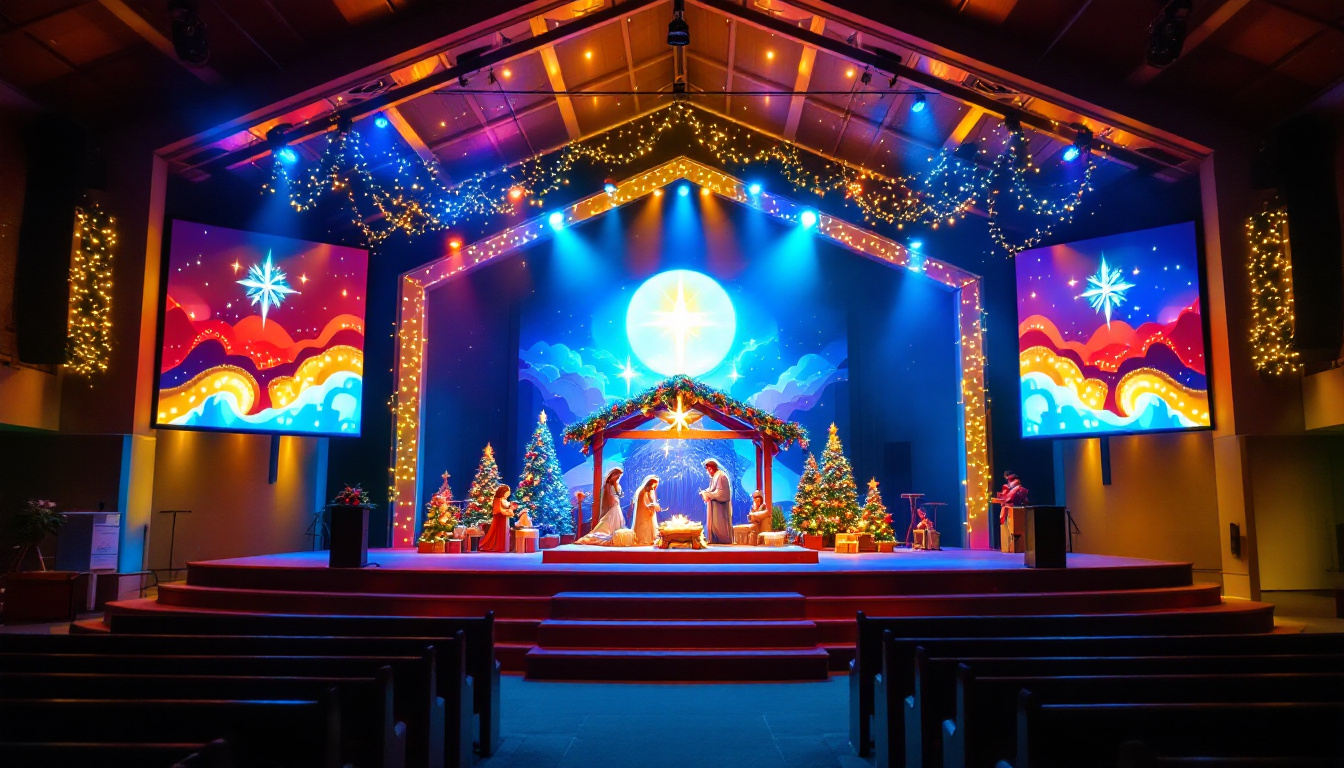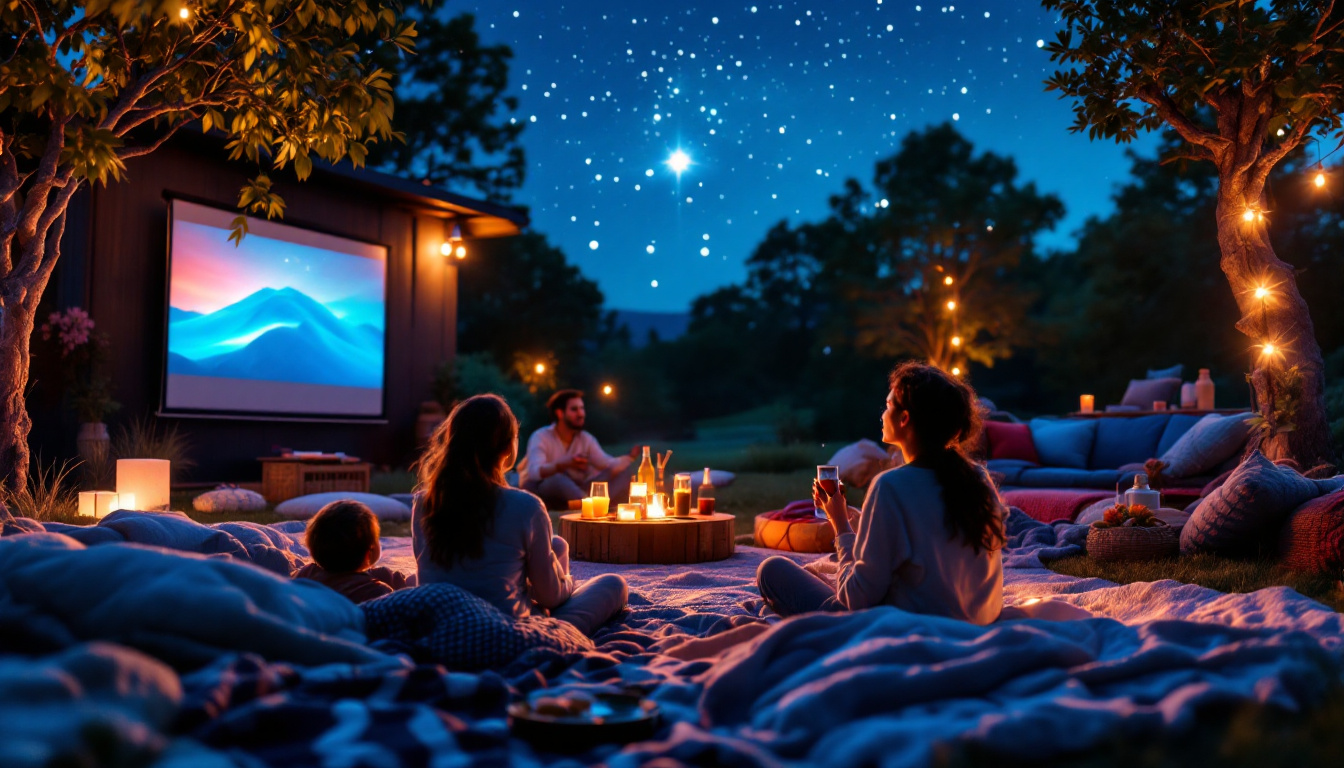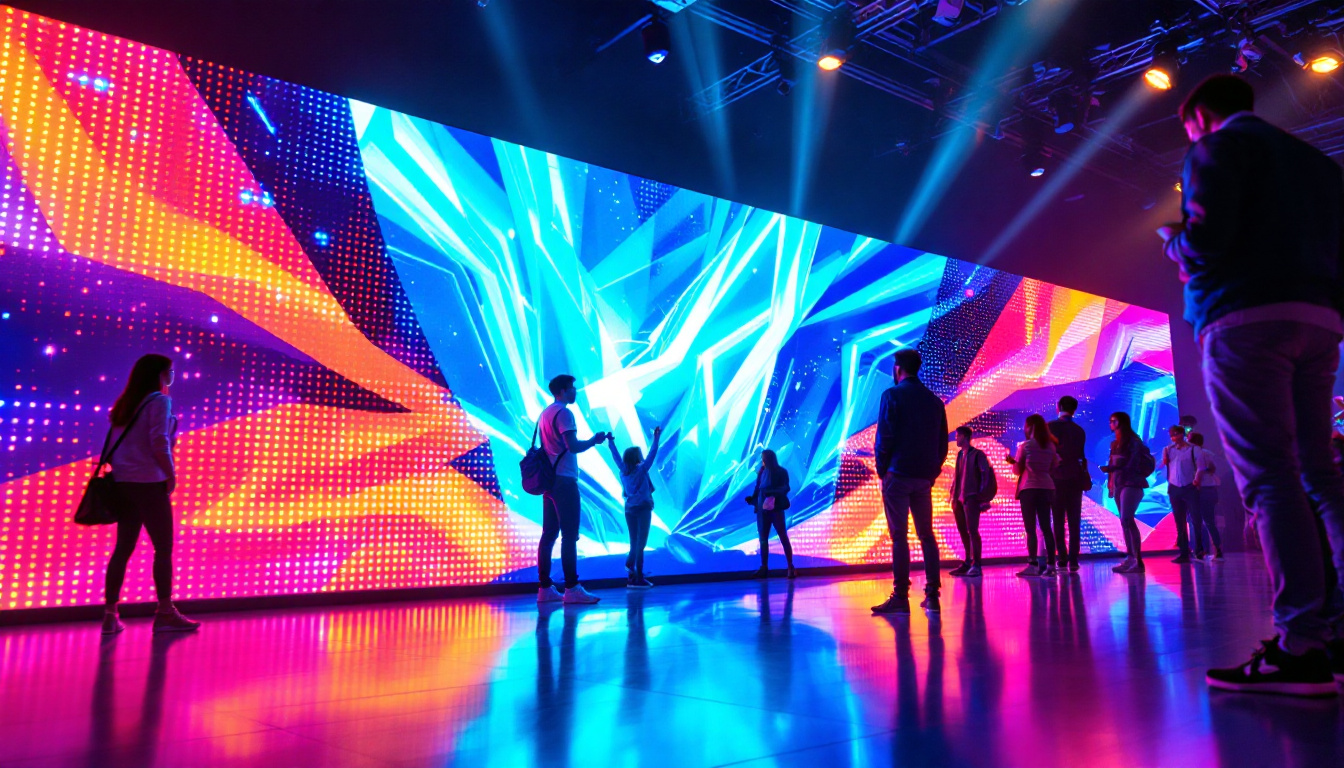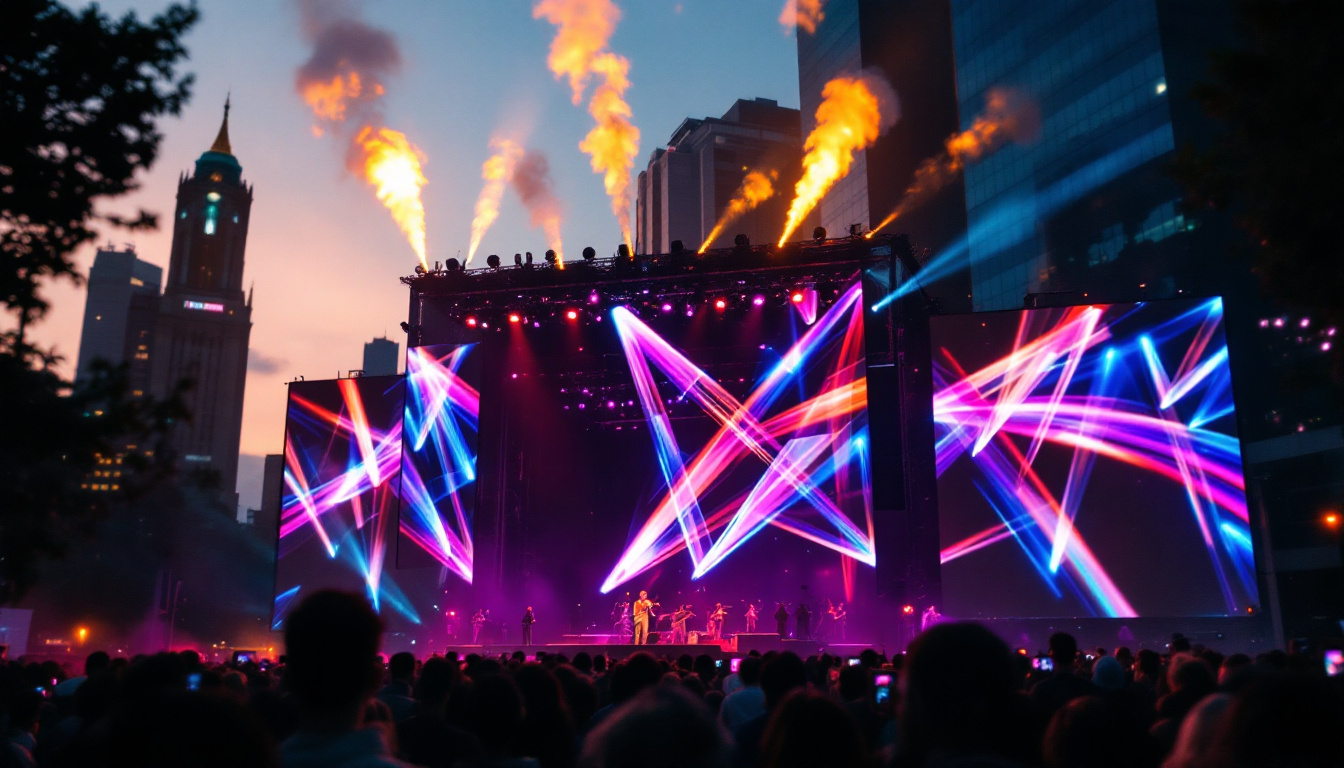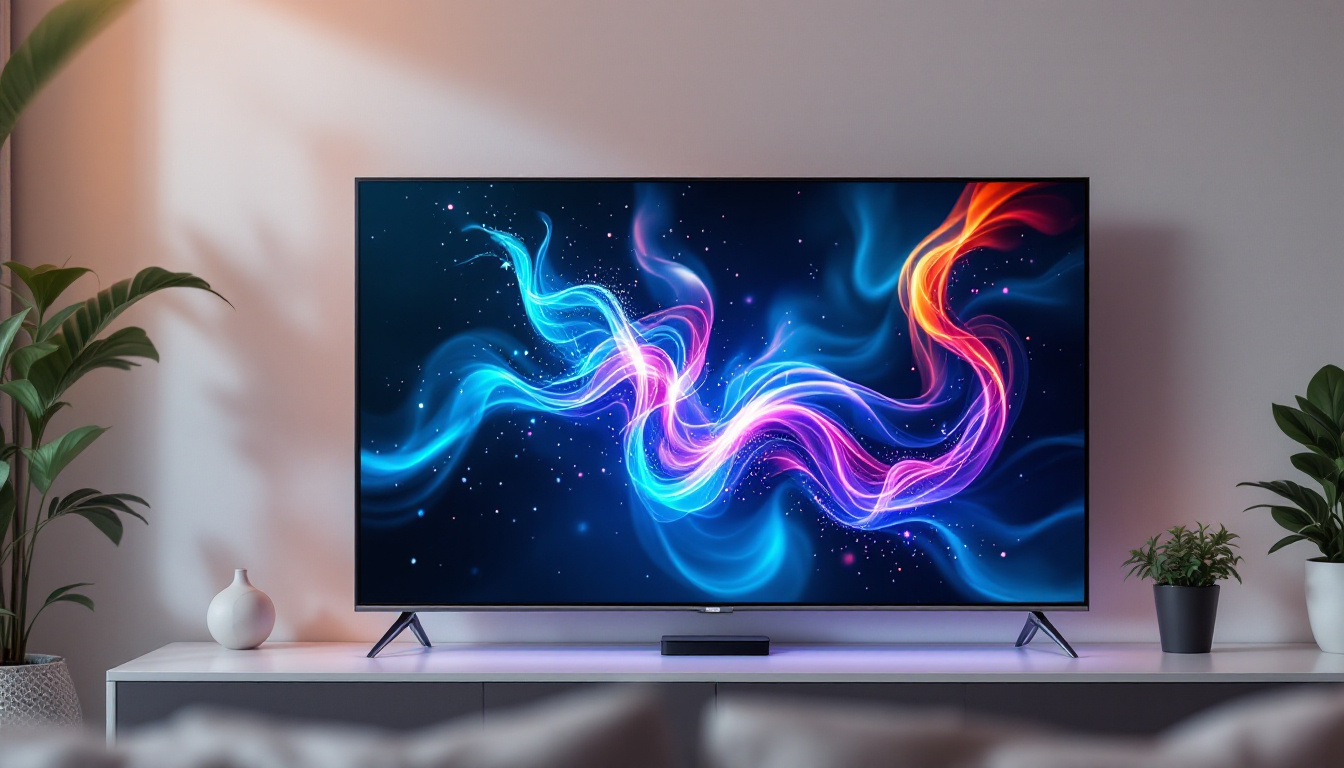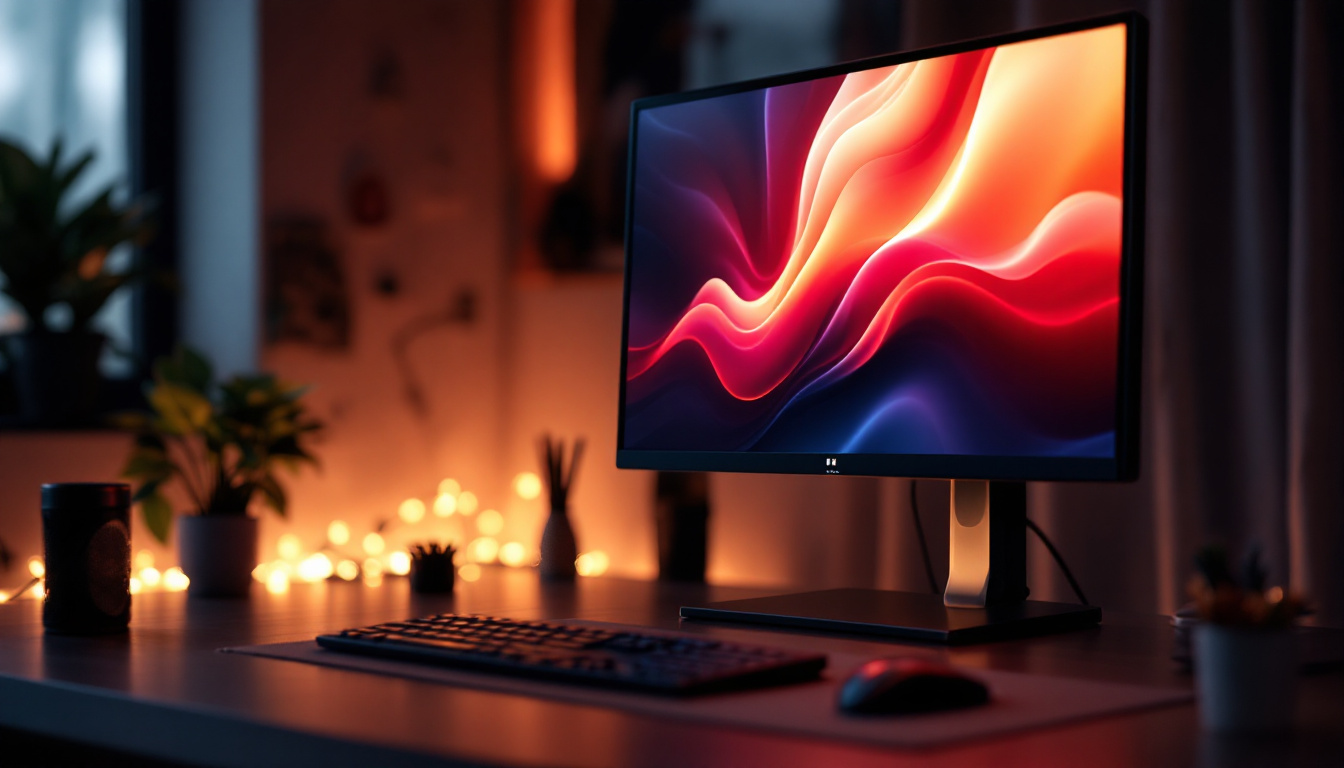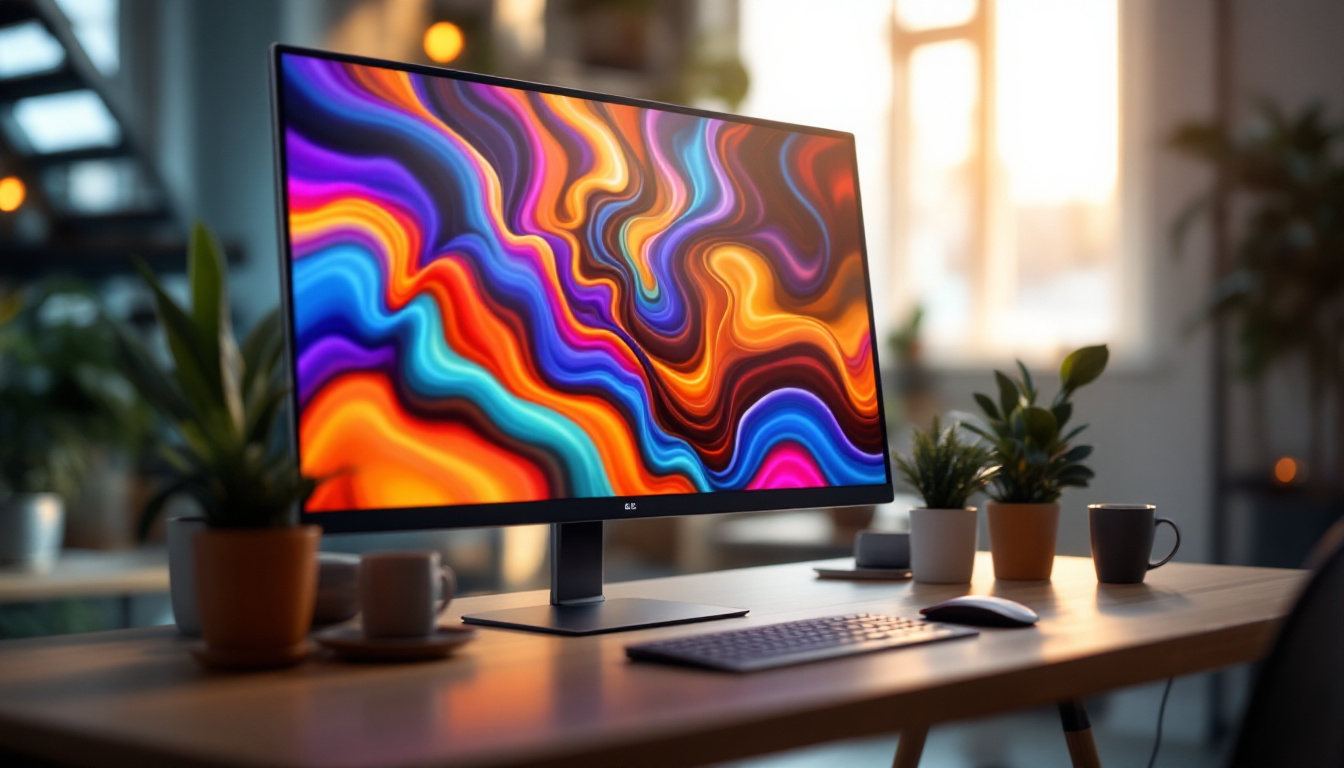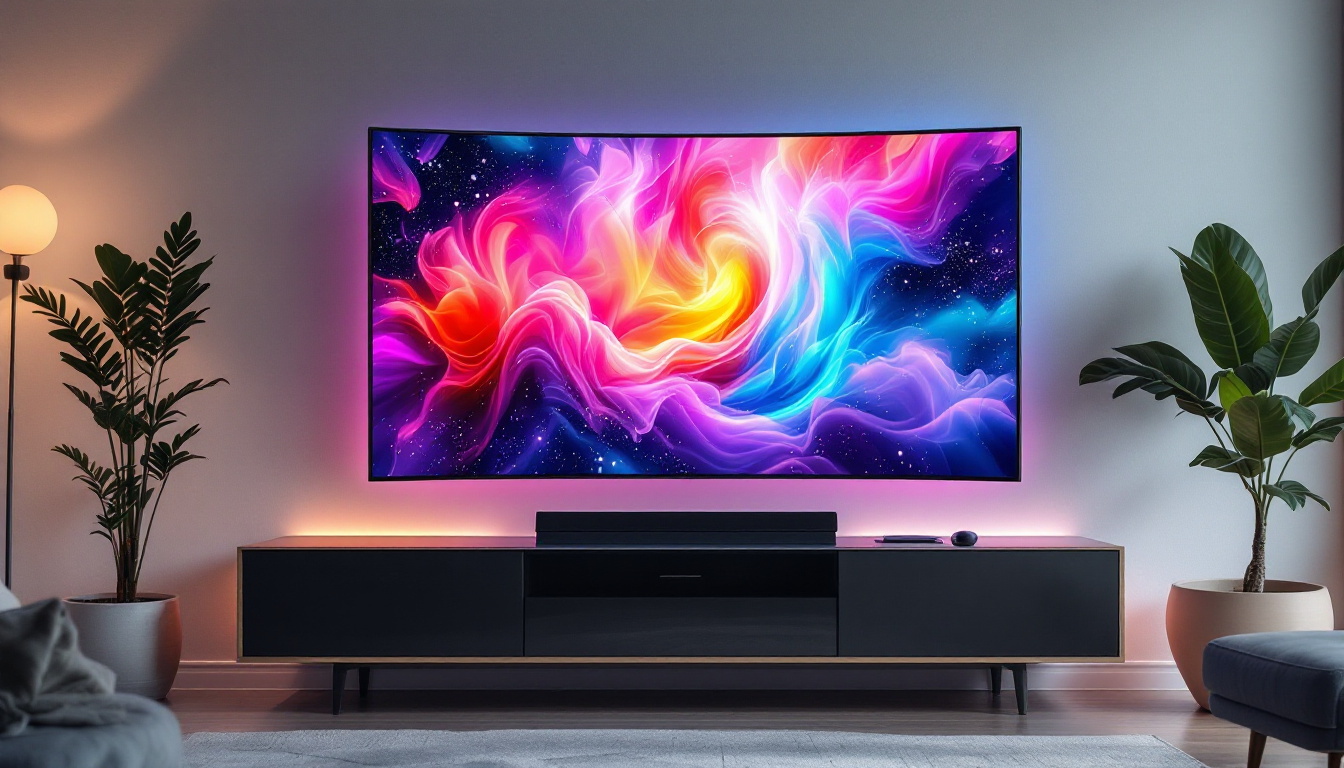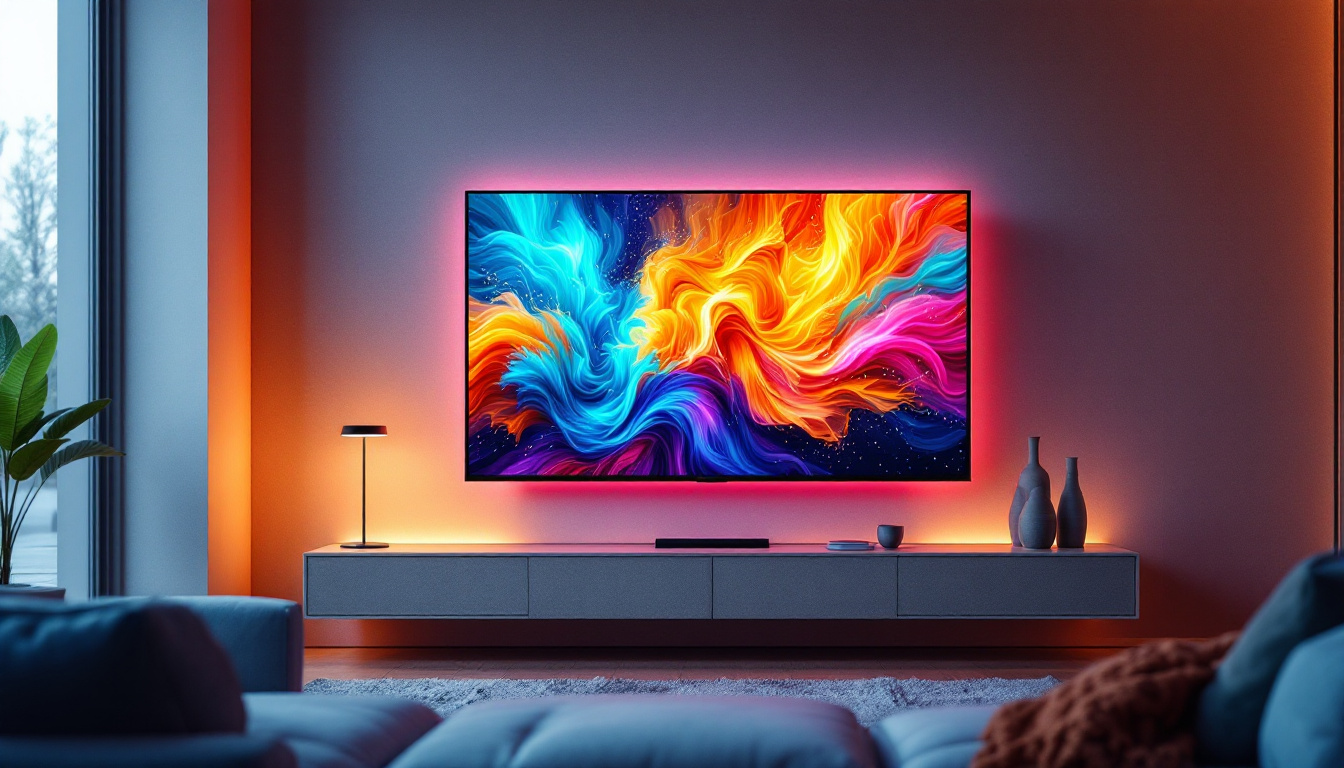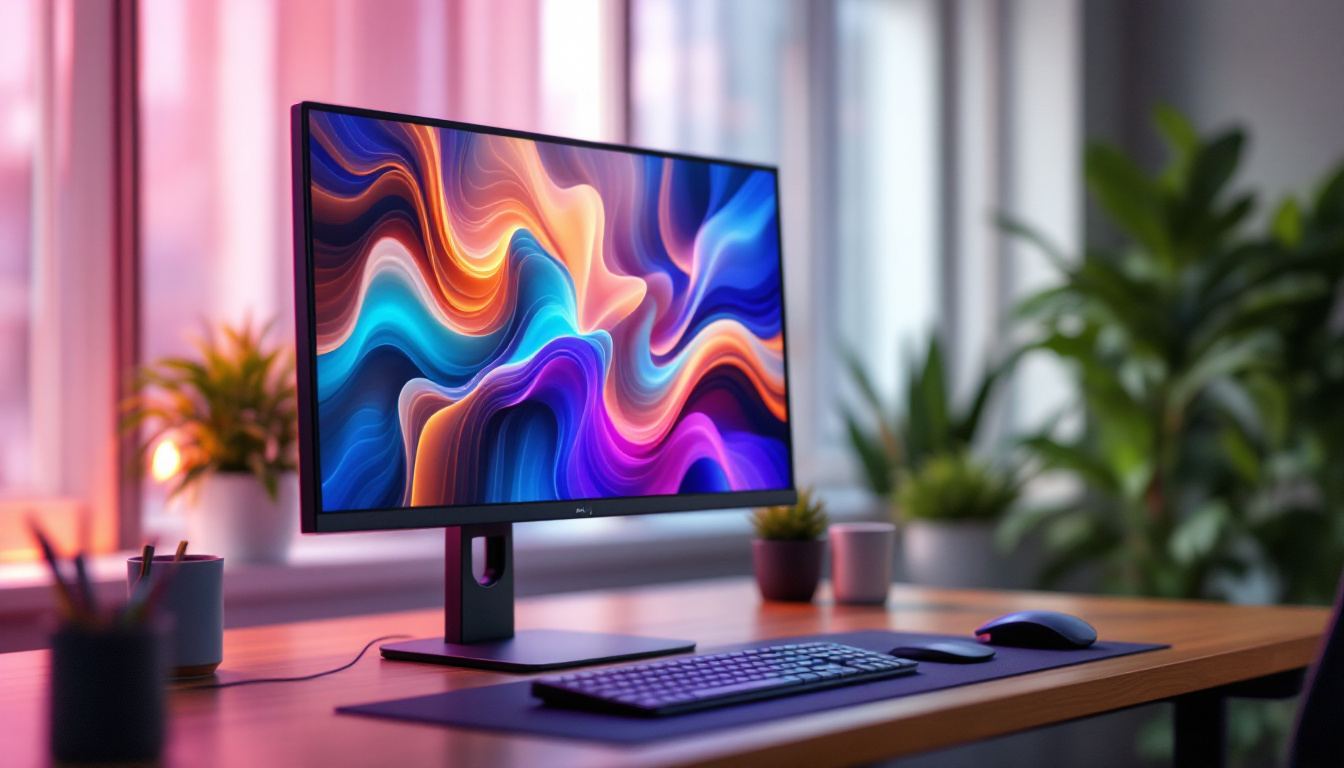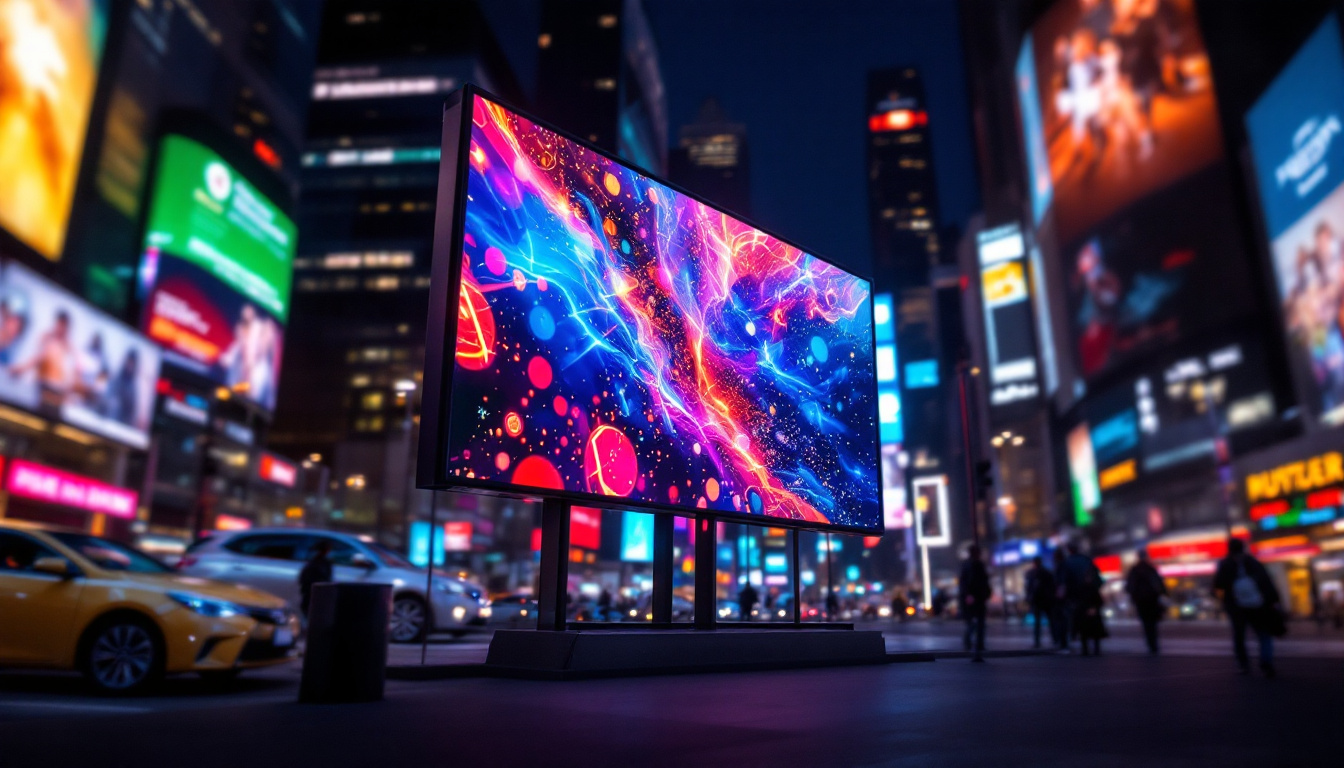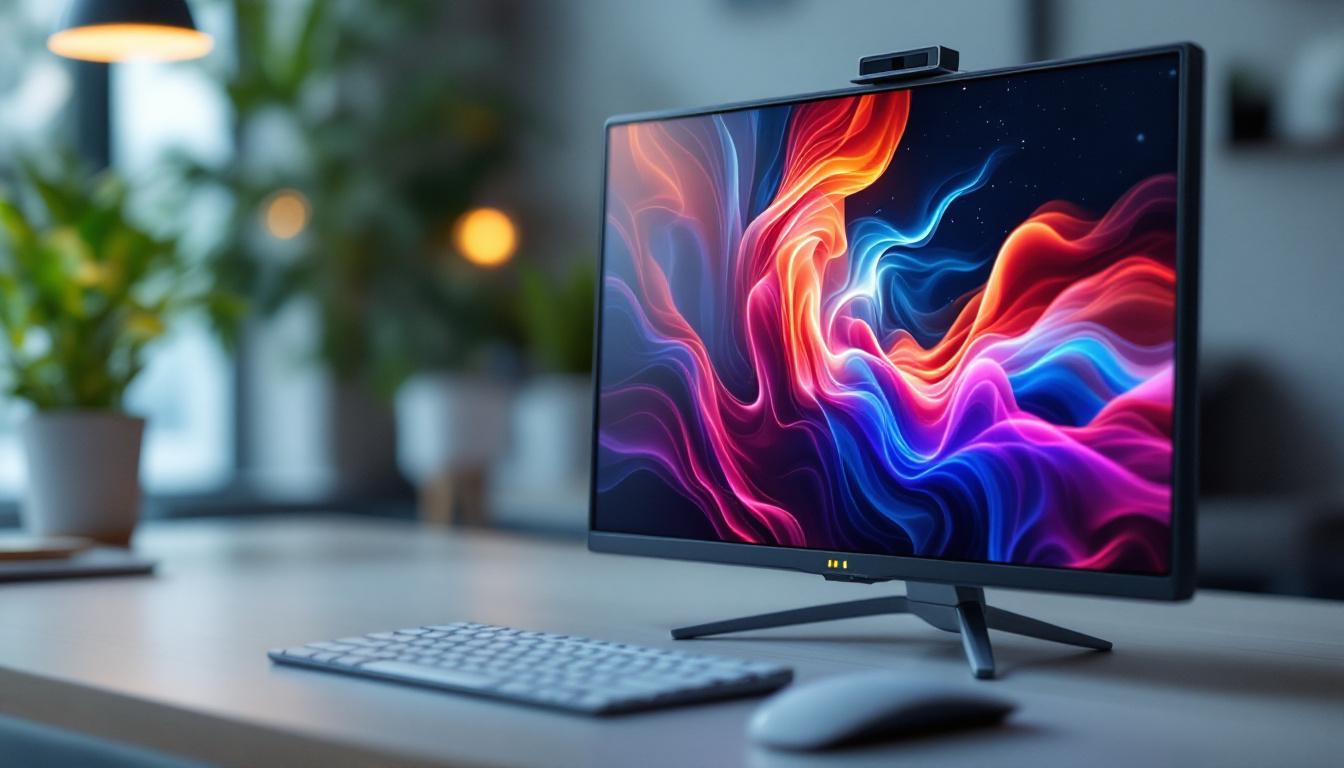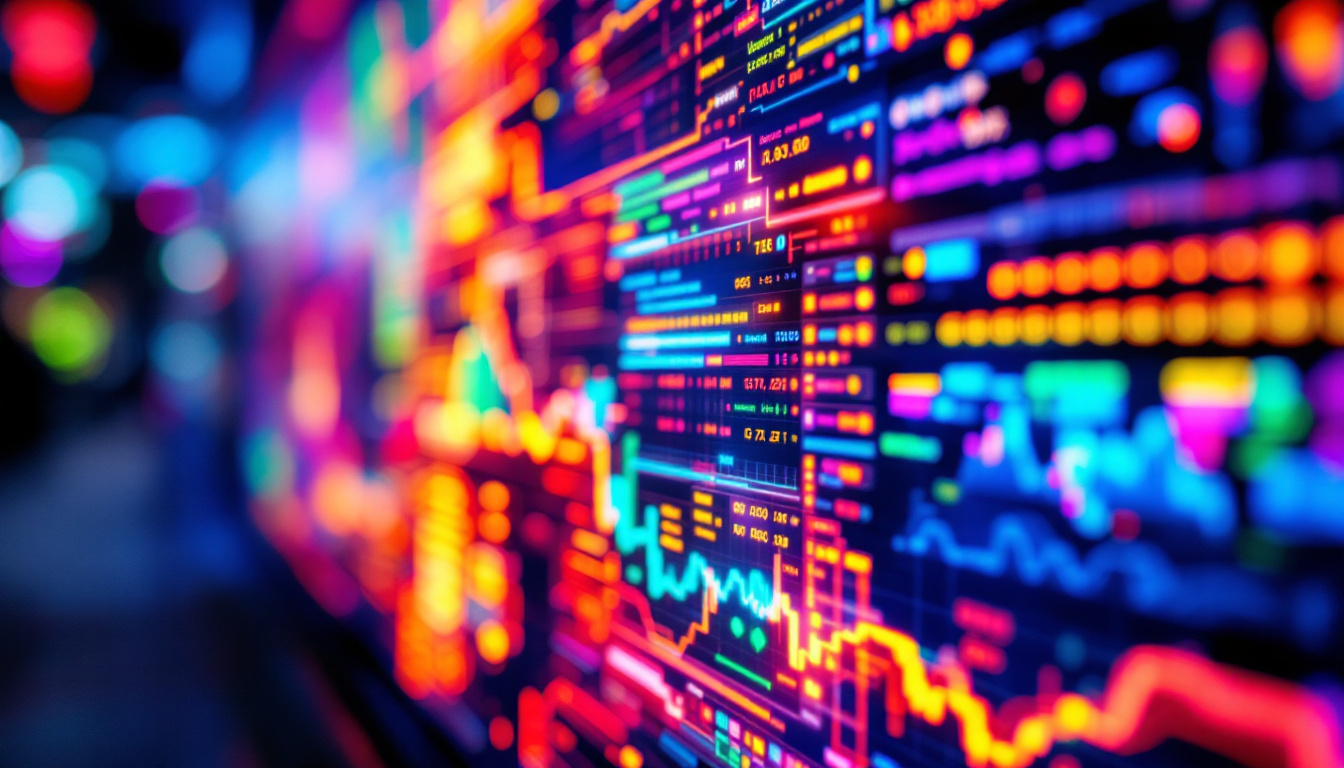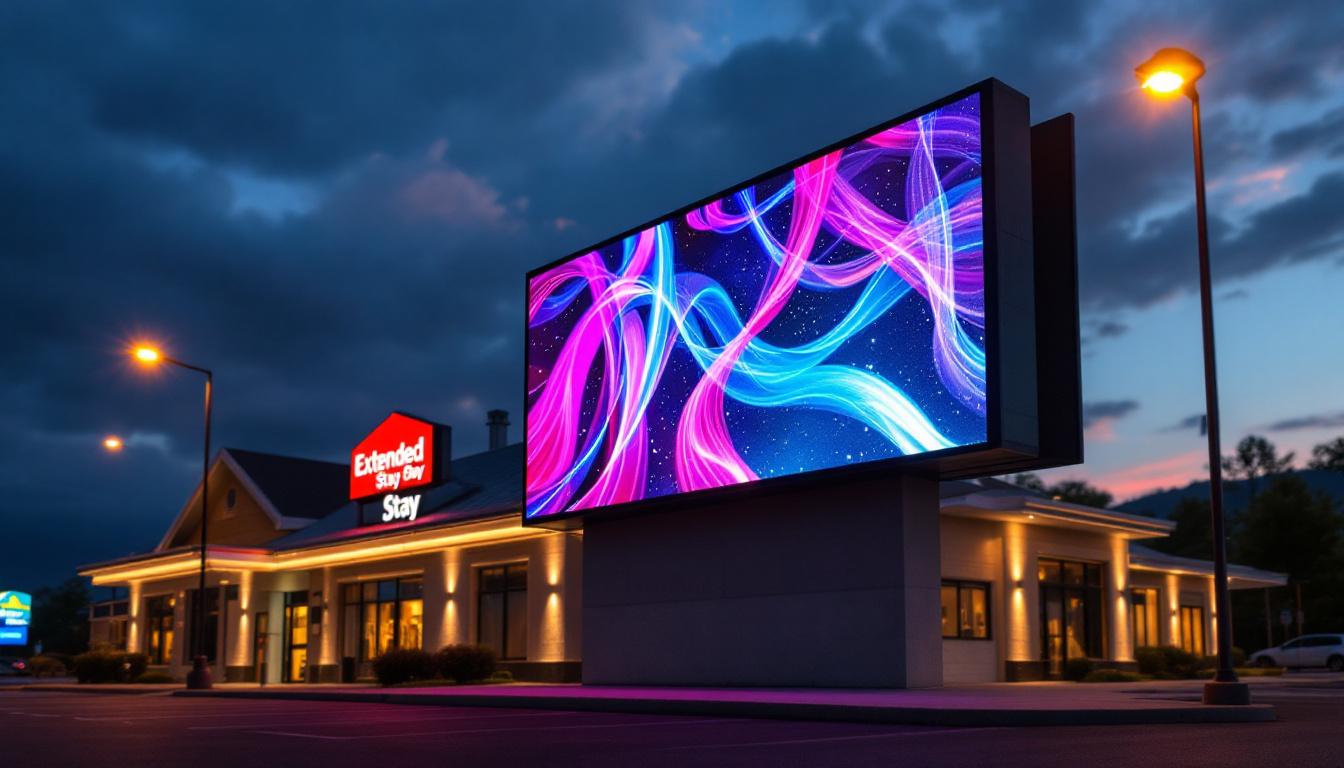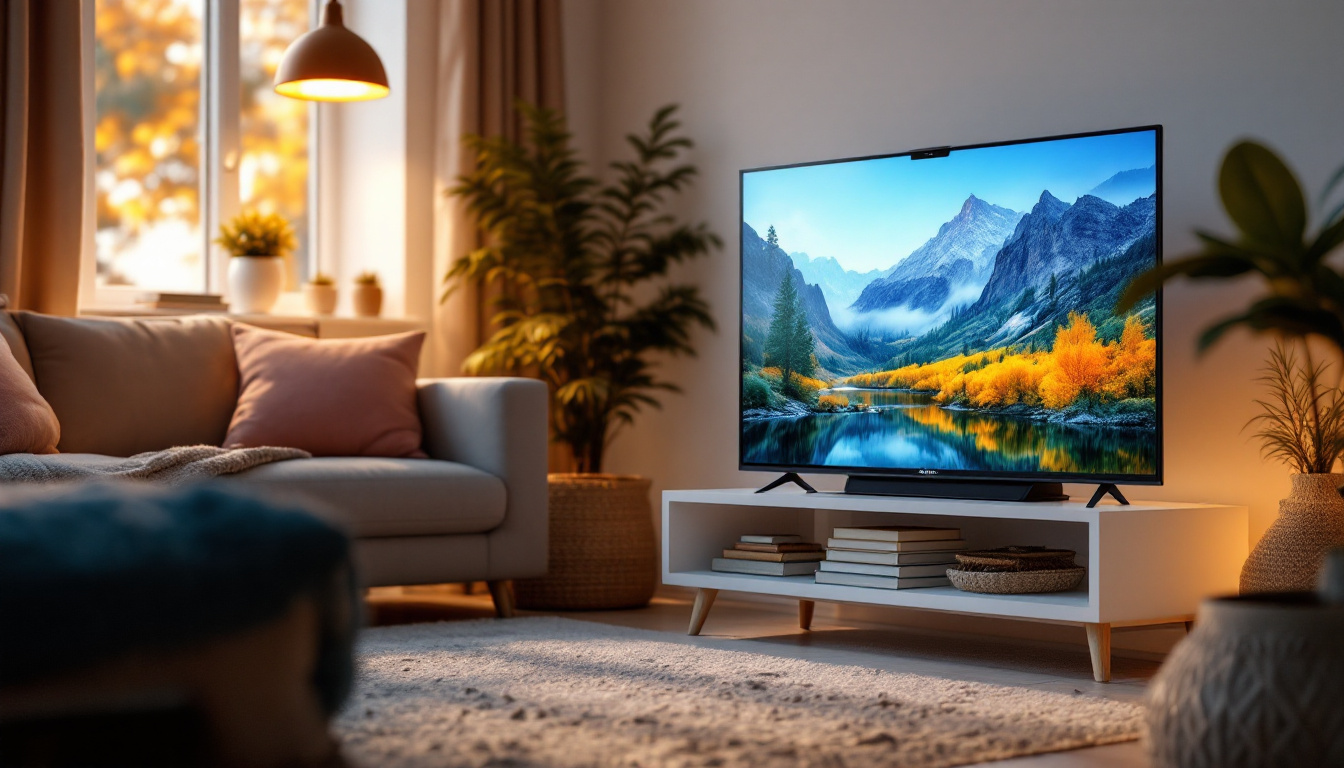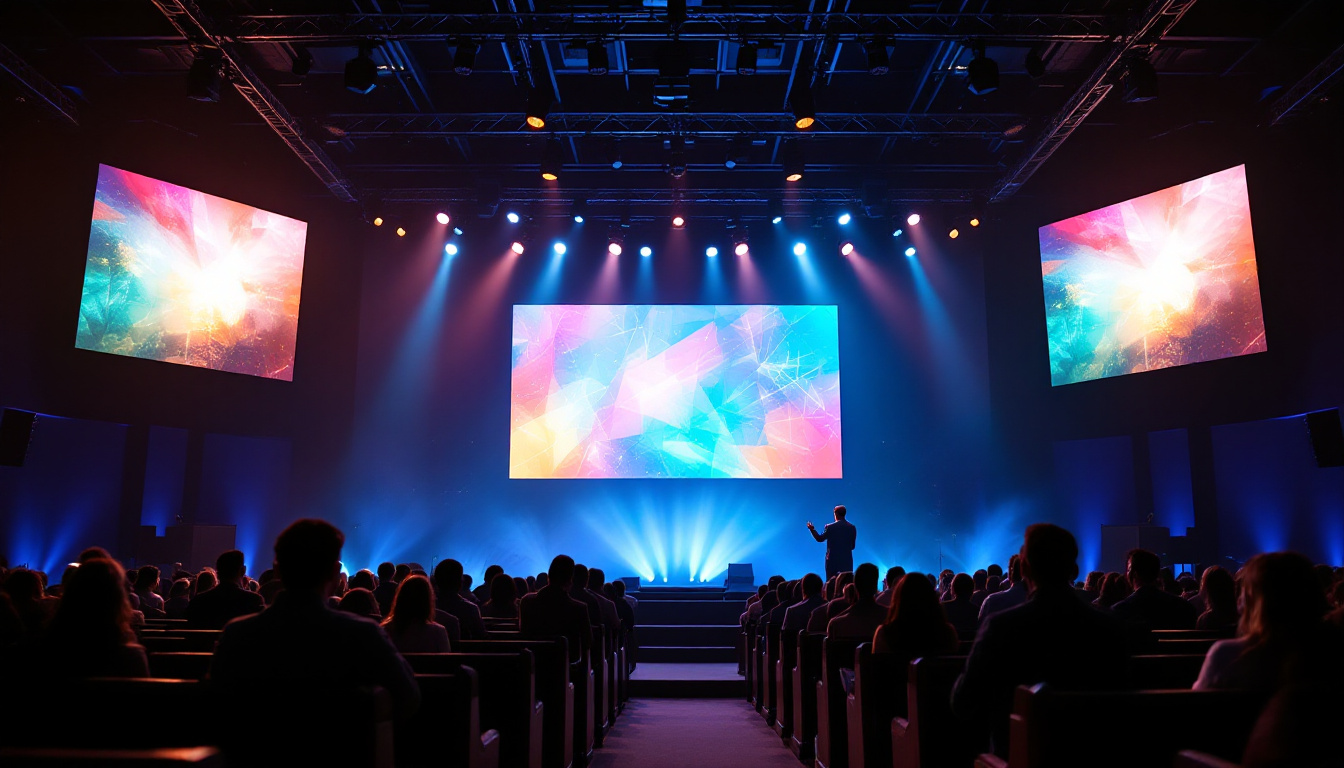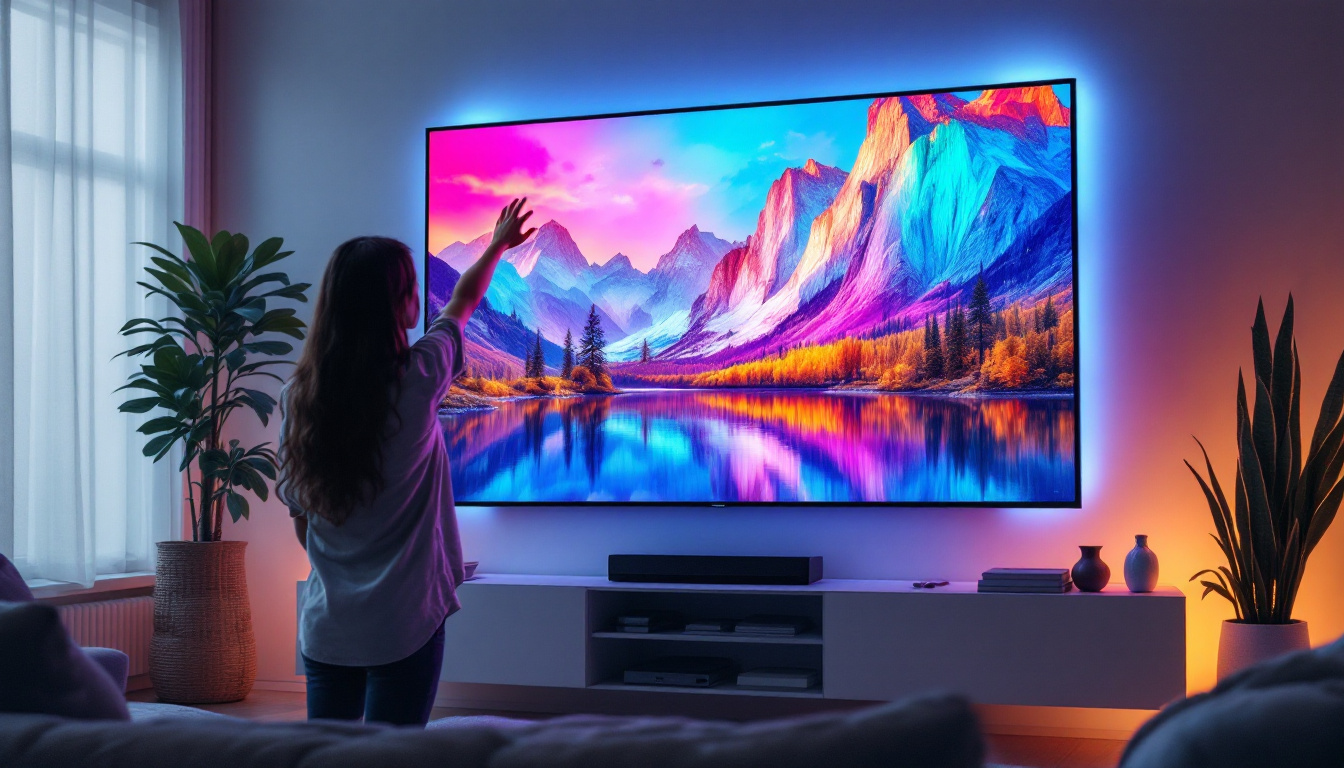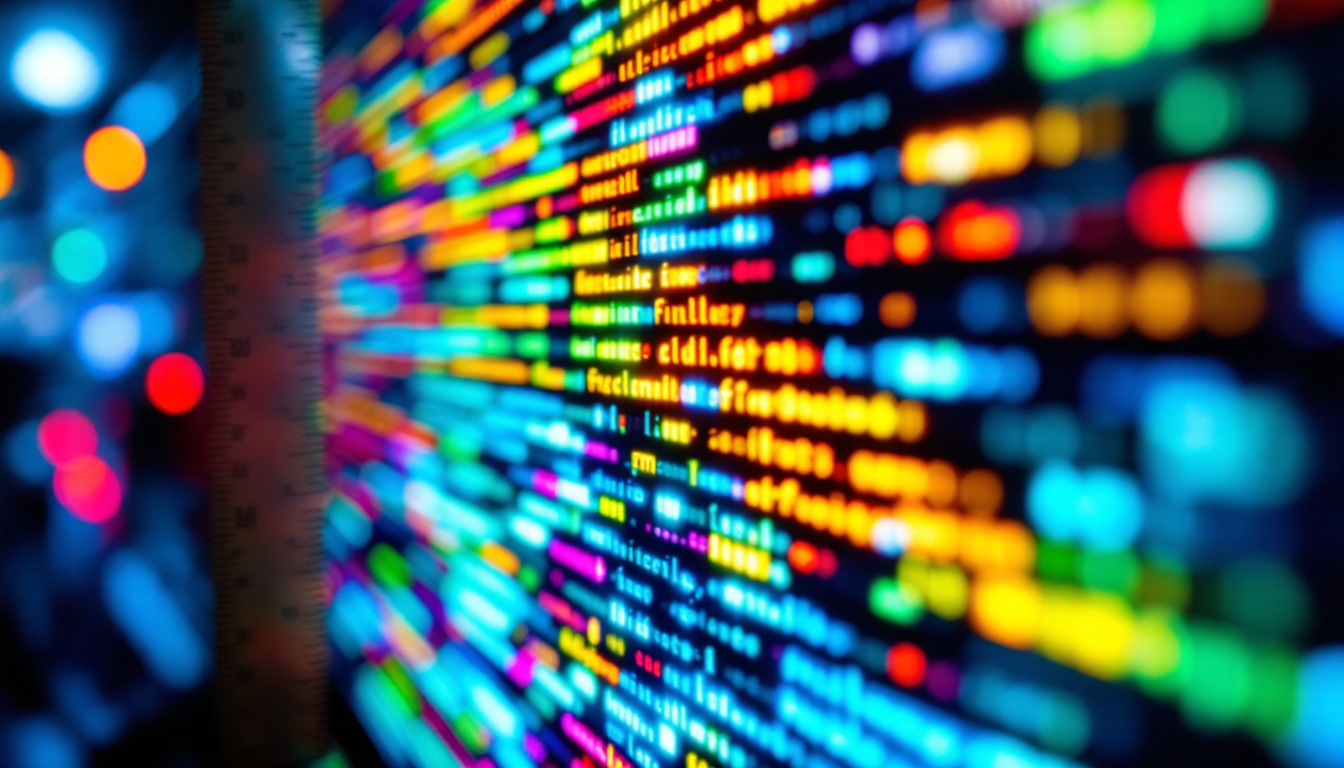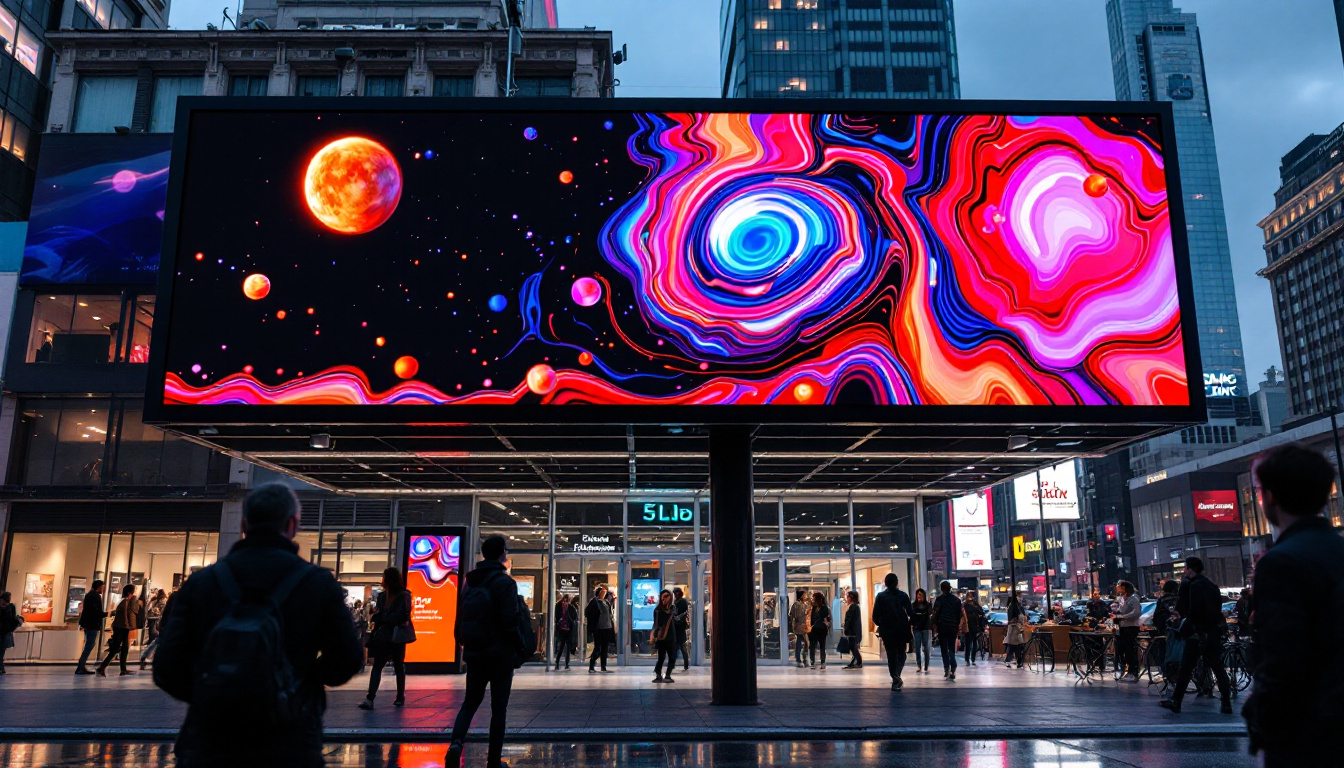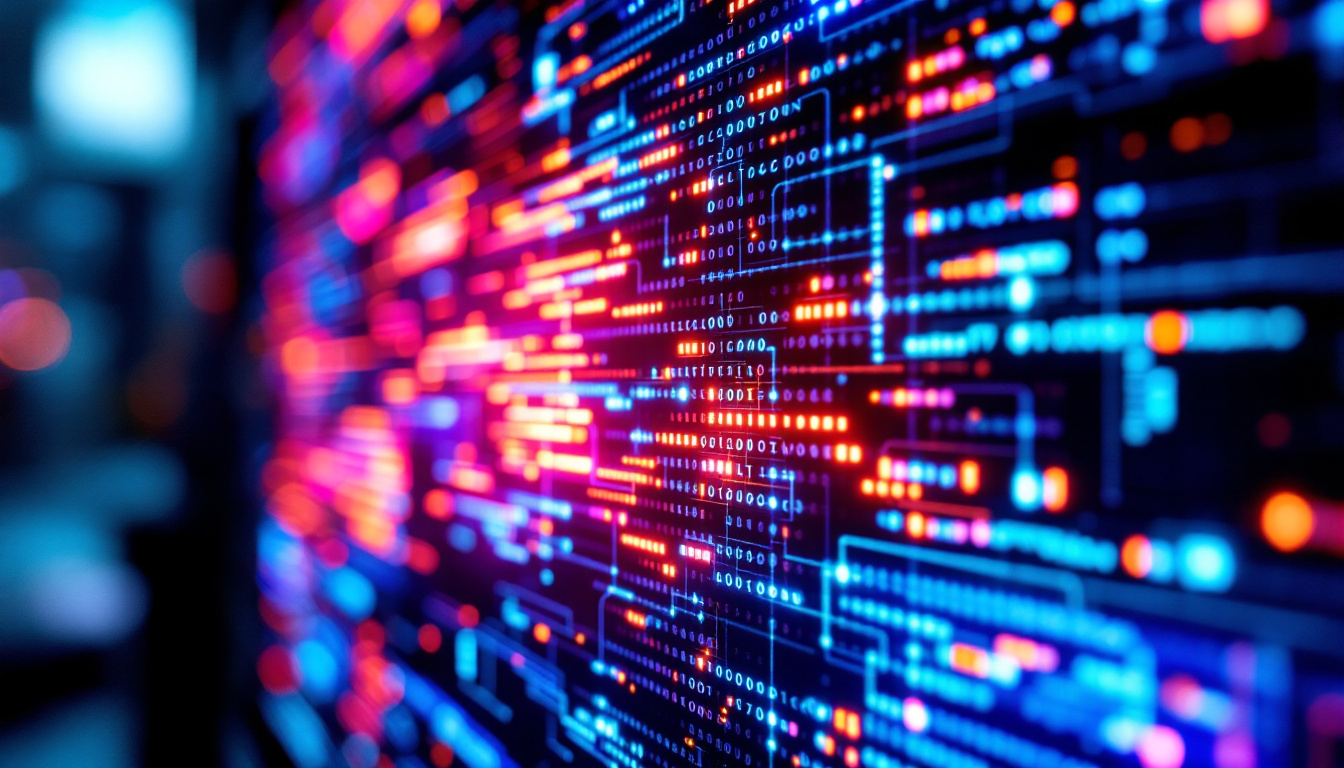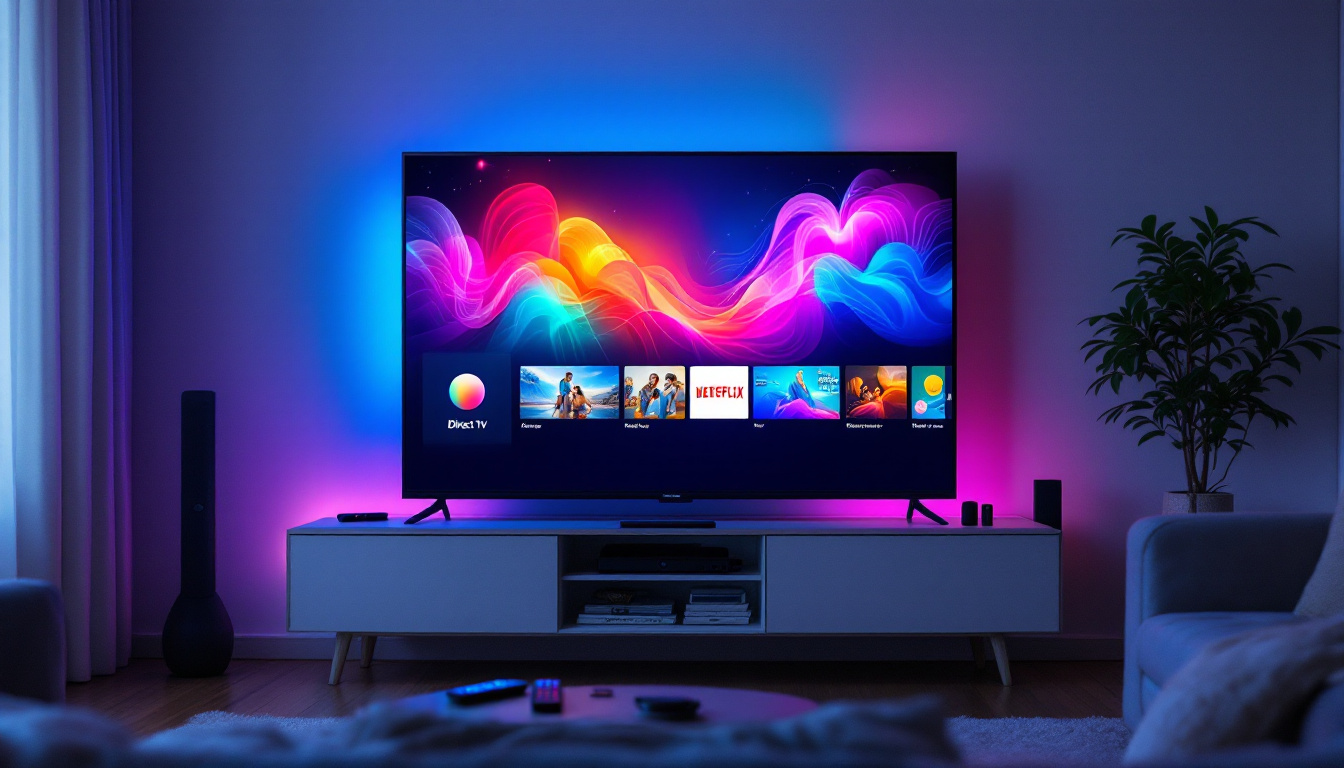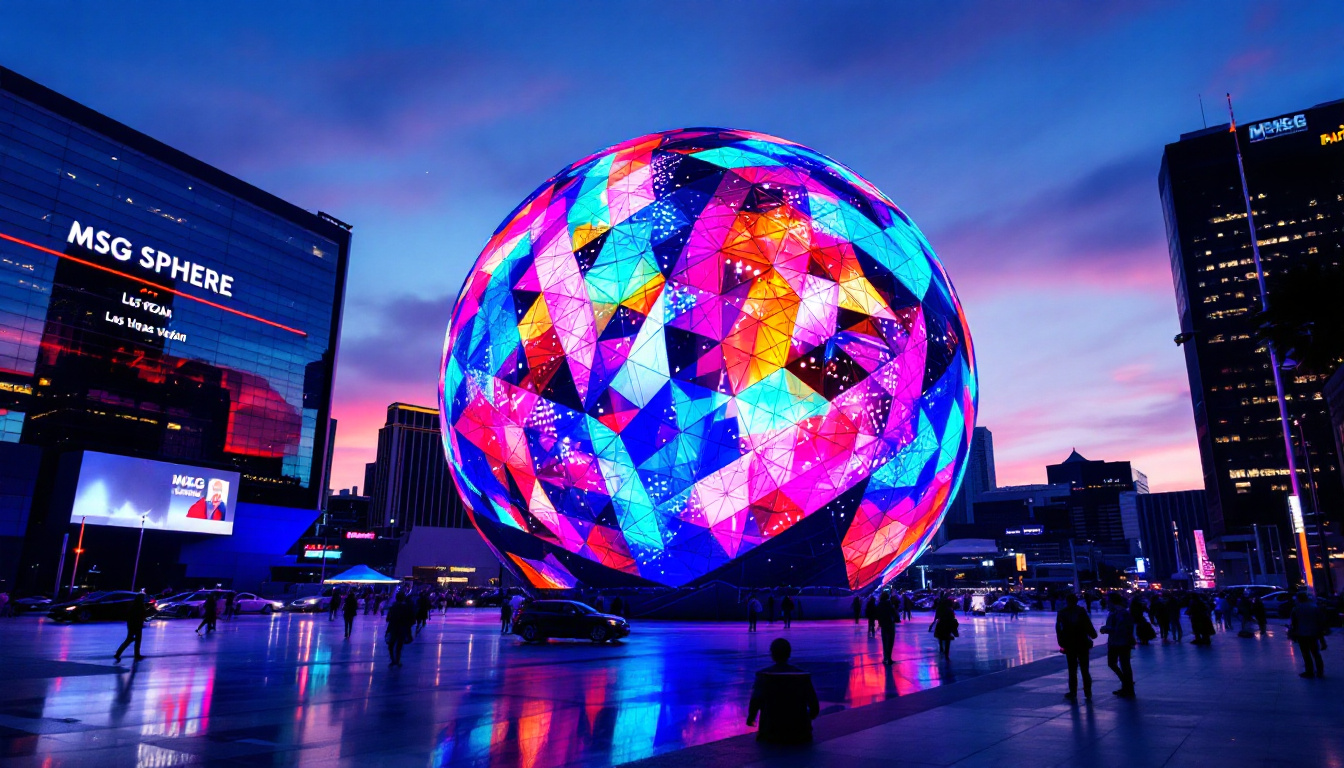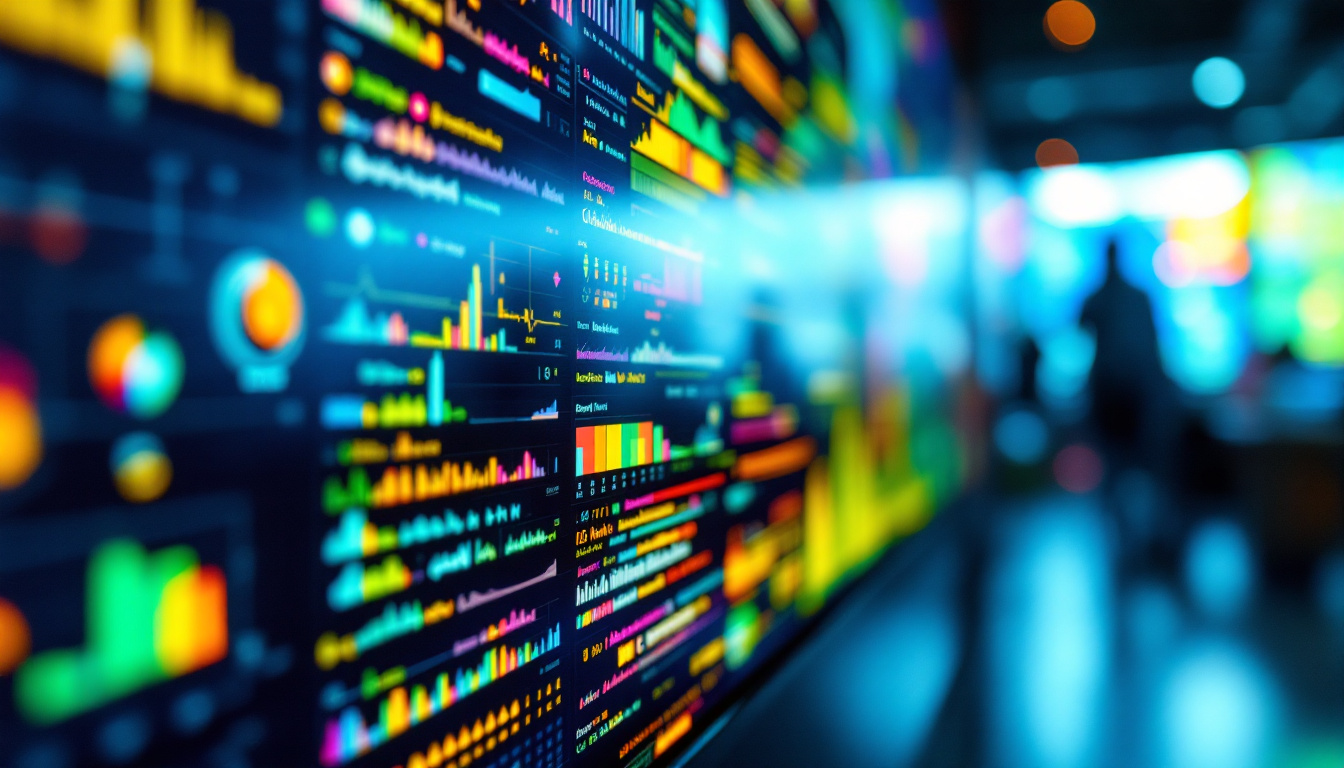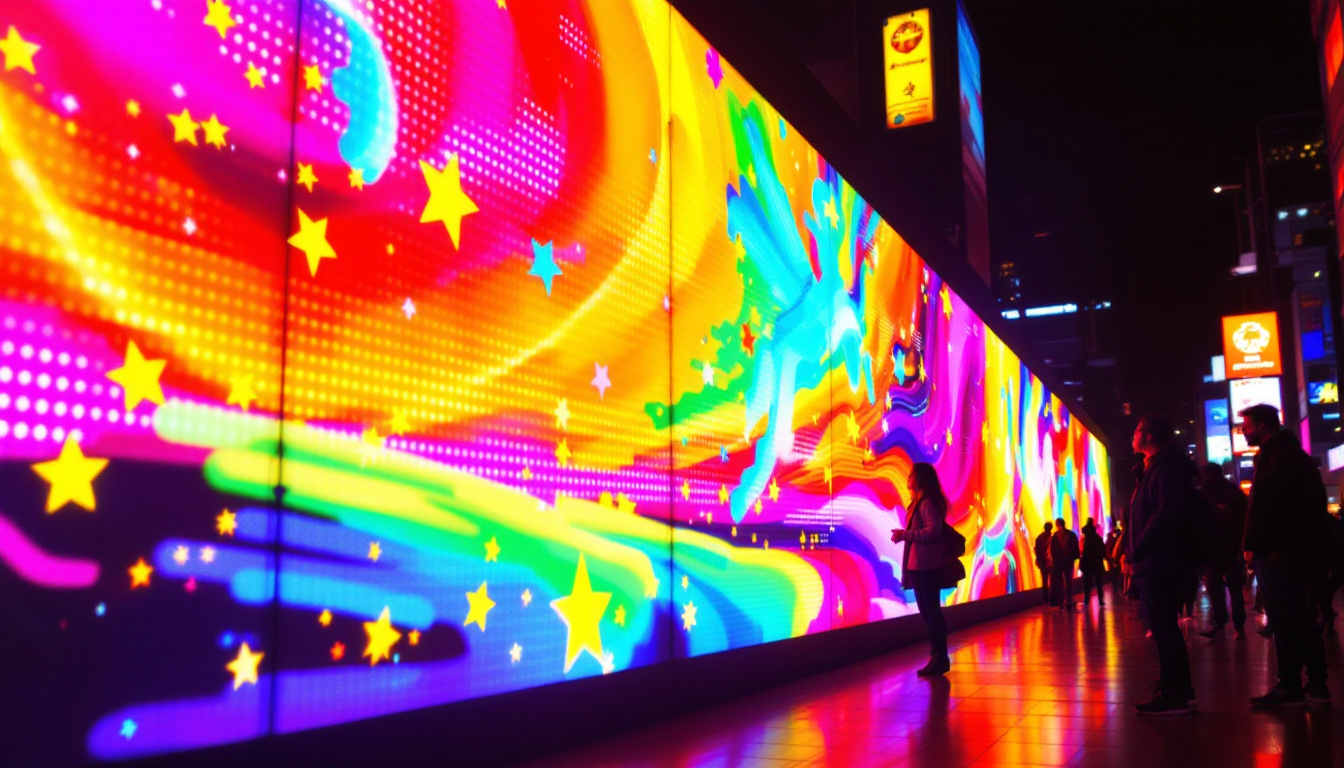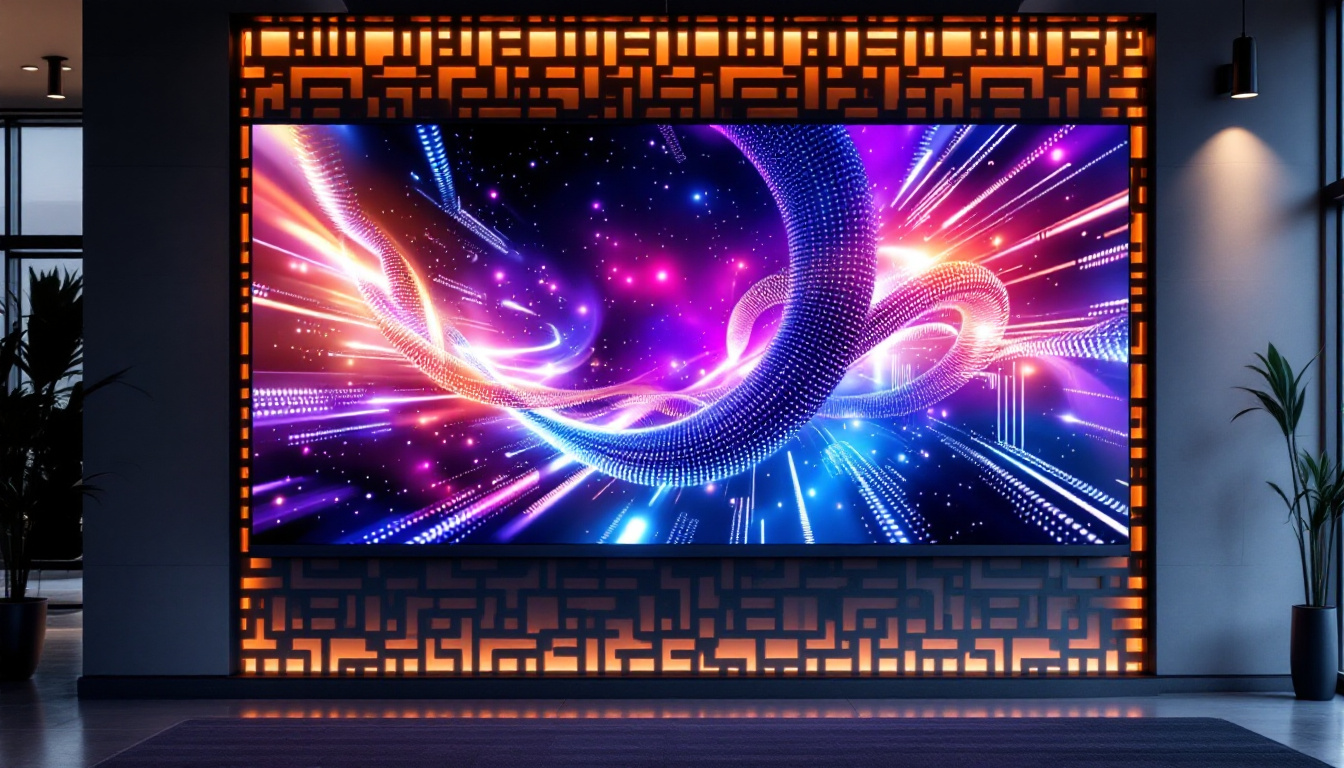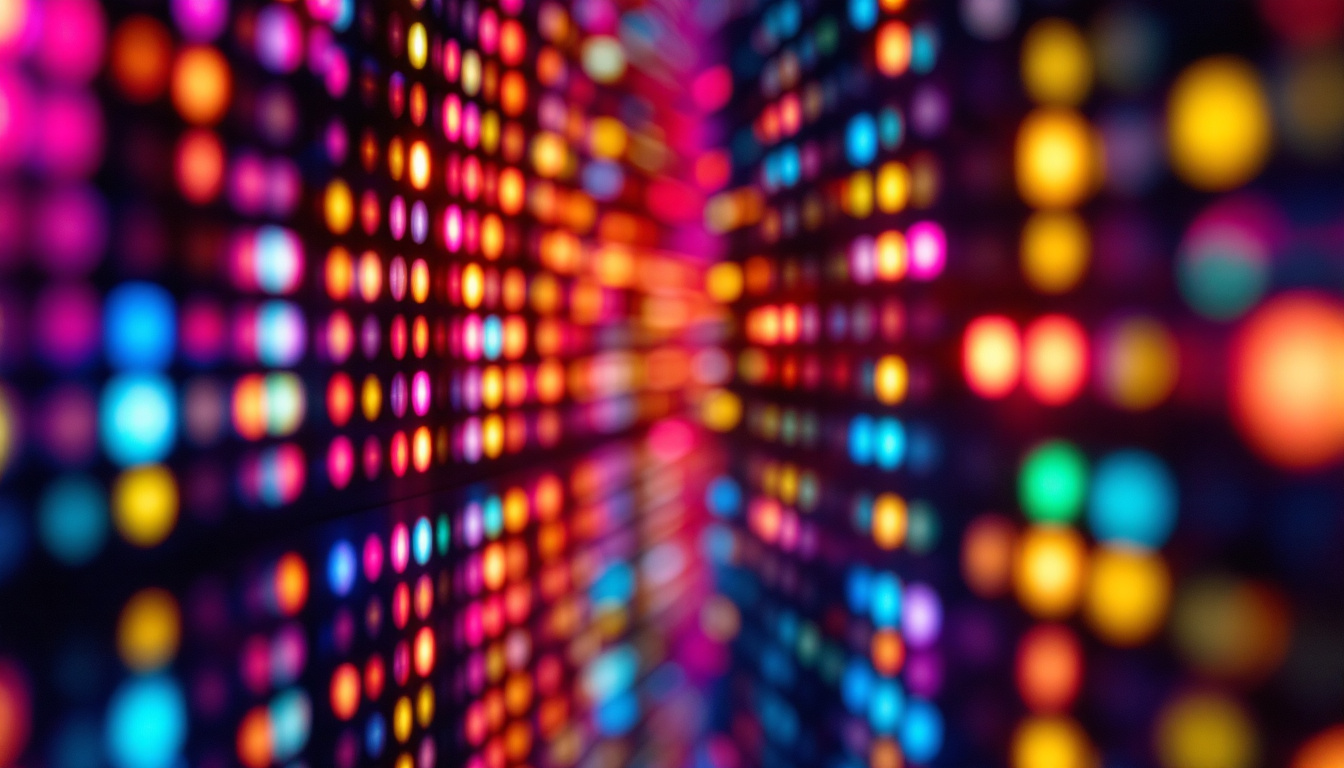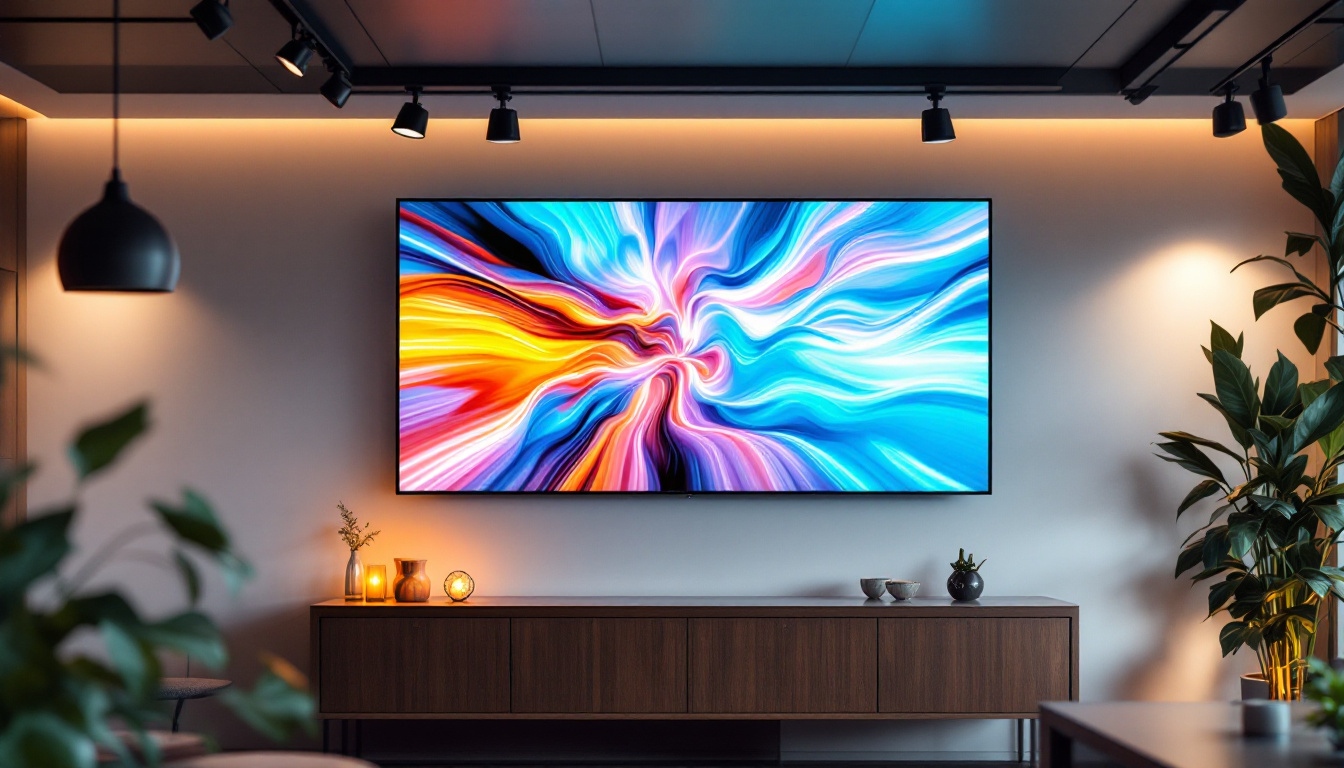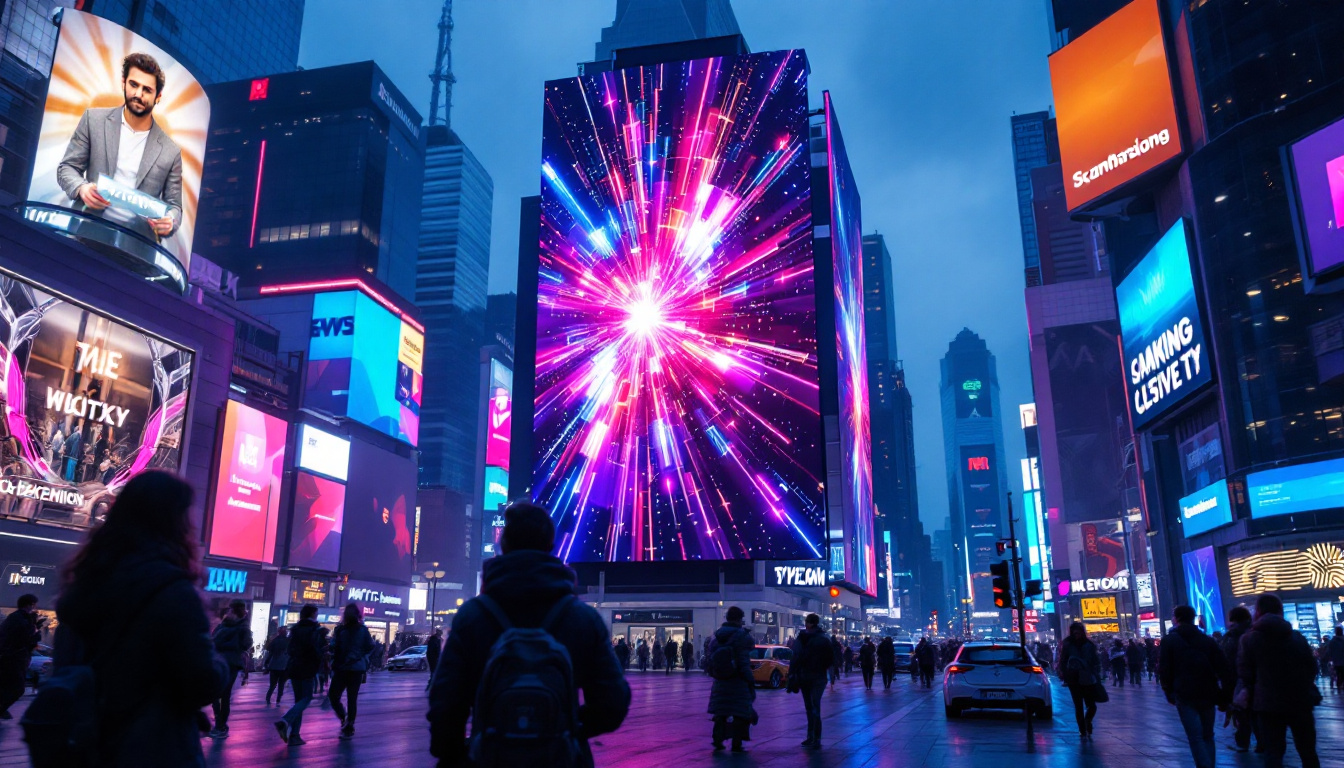In the realm of modern technology, LED displays have become ubiquitous, transforming how information is conveyed and experienced. Among these innovations, the LED flex screen stands out as a versatile and dynamic solution for various applications. This article delves into the intricacies of LED flex screens, exploring their features, advantages, and applications in today’s digital landscape.
Understanding LED Flex Screens
LED flex screens are advanced display technologies that utilize light-emitting diodes (LEDs) to create vibrant and flexible screens. Unlike traditional rigid displays, these screens can bend and conform to different shapes, making them ideal for a wide range of environments and uses.
What are LED Flex Screens?
LED flex screens consist of numerous tiny LED lights arranged in a flexible panel. This configuration allows for a lightweight, thin design that can be easily manipulated to fit various surfaces. The flexibility of these screens enables them to be used in creative ways, from wrapping around architectural features to being integrated into fashion and art installations. Their versatility has led to innovative uses in events, exhibitions, and even retail spaces, where they can create immersive experiences that captivate audiences.
Moreover, the adaptability of LED flex screens means they can be customized to suit specific needs. For instance, they can be designed in various sizes and resolutions, allowing for tailored solutions that meet the demands of different projects. This customization has made them particularly popular among designers and marketers who seek to make a bold statement and engage viewers in unique ways.
How Do They Work?
The operation of LED flex screens is based on the same principles as standard LED displays. Each pixel in the screen is made up of red, green, and blue LEDs, which can be adjusted in intensity to produce a broad spectrum of colors. When these pixels are lit in combination, they create images and videos that are sharp and vibrant. The flexibility comes from the materials used in the construction of the screen, which allow it to bend without damaging the electronic components. Additionally, advancements in technology have led to improved refresh rates and response times, making these displays suitable for dynamic content such as live video feeds and animations.
Furthermore, the integration of smart technology into LED flex screens enhances their functionality. Many models now feature touch-sensitive capabilities, allowing for interactive displays that can respond to user input. This interactivity opens up new possibilities for applications in education, entertainment, and advertising, where engaging the audience is crucial for success.
Key Features of LED Flex Screens
Several features distinguish LED flex screens from traditional displays. These include:
- Flexibility: The ability to bend and shape the screen allows for innovative applications.
- Lightweight Design: Made from lightweight materials, these screens can be easily transported and installed.
- High Brightness: LED technology provides high brightness levels, making the displays visible even in well-lit environments.
- Energy Efficiency: LED screens consume less power compared to traditional display technologies, reducing operational costs.
In addition to these features, LED flex screens are also known for their durability and longevity. They are built to withstand various environmental conditions, making them suitable for both indoor and outdoor use. This resilience means that businesses can rely on them for extended periods without frequent replacements, further enhancing their cost-effectiveness. As technology continues to evolve, we can expect even more advancements in LED flex screens, paving the way for new applications and enhanced user experiences.
Advantages of LED Flex Screens
The advantages of LED flex screens are numerous, making them an attractive option for businesses and creatives alike. Their unique characteristics provide benefits that extend beyond mere aesthetics.
Versatility in Applications
One of the most significant advantages of LED flex screens is their versatility. They can be used in a variety of settings, including:
- Advertising: Retailers and brands can create eye-catching advertisements that wrap around displays, enhancing visibility and engagement.
- Events and Exhibitions: Flex screens can be used to create immersive environments at trade shows, concerts, and festivals.
- Architectural Installations: The ability to conform to structures allows for creative architectural designs that incorporate dynamic visual elements.
Enhanced Visual Experience
LED flex screens offer an unparalleled visual experience. The high resolution and brightness levels ensure that images are sharp and vibrant, even from a distance. This quality makes them particularly effective in high-traffic areas where capturing attention is crucial. Moreover, the flexibility of these screens allows for innovative display shapes and configurations, enabling businesses to push creative boundaries and present their content in ways that traditional screens simply cannot match.
Cost-Effectiveness
While the initial investment in LED flex screens may be higher than traditional displays, the long-term savings can be substantial. Their energy efficiency reduces electricity costs, and their durability means less frequent replacements. Additionally, the flexibility of the screens allows for a single installation to serve multiple purposes, further enhancing cost-effectiveness. This adaptability not only maximizes the return on investment but also allows businesses to stay relevant in a rapidly changing market, as they can easily update content or reconfigure displays without incurring significant additional costs.
Environmental Impact
Another important advantage of LED flex screens is their reduced environmental impact compared to traditional display technologies. LEDs consume significantly less power, which not only lowers energy bills but also decreases the carbon footprint associated with their operation. Furthermore, many manufacturers are now focusing on sustainable practices, using recyclable materials in their production processes. This commitment to sustainability resonates with consumers who are increasingly prioritizing eco-friendly products and practices, making LED flex screens a smart choice for businesses looking to enhance their brand image while contributing to environmental conservation.
Ease of Installation and Maintenance
Installation and maintenance of LED flex screens are also streamlined compared to traditional displays. Their lightweight and flexible nature allows for easier handling and installation, reducing labor costs and time on-site. Many models are designed with modular components, enabling quick repairs or upgrades without the need for extensive downtime. This ease of maintenance ensures that businesses can keep their displays running smoothly and efficiently, minimizing disruptions and maximizing the impact of their visual communications.
Applications of LED Flex Screens
LED flex screens have found their place in various industries, each leveraging the technology to enhance engagement and communication. Here are some notable applications:
Retail and Advertising
In the retail sector, LED flex screens are revolutionizing advertising strategies. Brands are using these displays to create captivating storefronts and in-store experiences. The flexibility allows for creative installations that can be easily updated or changed, ensuring that marketing efforts remain fresh and relevant.
Entertainment and Events
For concerts, festivals, and corporate events, LED flex screens have become essential tools for creating immersive experiences. They can be used as backdrops, stage designs, or even as part of interactive installations. The ability to bend and shape the screens means that they can fit into virtually any space, enhancing the overall atmosphere of the event.
Architectural and Interior Design
Architects and interior designers are increasingly incorporating LED flex screens into their projects. These screens can be seamlessly integrated into building facades or interior walls, providing dynamic visual elements that can change with the time of day or event. This integration not only enhances aesthetics but also adds functionality, allowing for information display or artistic expression.
Challenges and Considerations
Despite their many advantages, there are challenges and considerations when implementing LED flex screens. Understanding these factors is crucial for successful integration.
Installation and Maintenance
The installation of LED flex screens can be complex, particularly in unconventional shapes or large-scale applications. It often requires specialized knowledge and skills to ensure that the screens are mounted correctly and function as intended. Additionally, while LED technology is generally durable, maintaining the screens and addressing any potential issues can require ongoing attention and resources.
Cost Factors
While the long-term savings can be significant, the initial cost of LED flex screens can be a barrier for some businesses. It is essential to conduct a thorough cost-benefit analysis to determine whether the investment aligns with the organization’s goals and budget. Understanding the total cost of ownership, including installation and maintenance, is vital for making informed decisions.
Technological Advancements
The field of LED technology is continually evolving, with new advancements emerging regularly. Staying updated on the latest developments is crucial for businesses looking to implement LED flex screens. This includes understanding improvements in resolution, brightness, and energy efficiency, as well as new applications that may arise from these advancements.
Future of LED Flex Screens
The future of LED flex screens looks promising, with ongoing innovations poised to expand their capabilities and applications. As technology continues to advance, several trends are likely to shape the future of LED flex displays.
Integration with Smart Technology
As smart technology becomes more prevalent, LED flex screens are expected to integrate seamlessly with other digital systems. This integration could enable features such as real-time data display, interactive content, and personalized experiences based on user preferences. The synergy between LED flex screens and smart technology will create new opportunities for engagement and communication.
Increased Customization
Customization will likely become a hallmark of future LED flex screens. As manufacturers develop more flexible and adaptive technologies, businesses will be able to create displays tailored to their specific needs and branding. This level of customization will enhance the effectiveness of marketing efforts and improve user experiences.
Environmental Considerations
As sustainability becomes a critical concern across industries, LED flex screens are expected to evolve to meet environmental standards. This may include using eco-friendly materials, improving energy efficiency, and implementing recycling programs for old displays. Businesses that prioritize sustainability in their use of LED flex screens will likely gain a competitive advantage in the market.
Conclusion
LED flex screens represent a significant advancement in display technology, offering versatility, vibrancy, and innovative applications across various industries. Their unique features and advantages make them an appealing choice for businesses looking to enhance engagement and communication. While challenges exist, the potential for growth and advancement in this field is substantial.
As technology continues to evolve, LED flex screens will undoubtedly play a pivotal role in shaping the future of visual communication. By understanding their capabilities and applications, businesses can harness the power of LED flex screens to create dynamic and engaging experiences that resonate with audiences.
Discover the Future of Visual Engagement with LumenMatrix
Ready to elevate your visual communication to new heights? Explore LumenMatrix’s comprehensive range of LED display solutions, from Indoor and Outdoor LED Walls to innovative Transparent Displays. Each product is crafted with precision to ensure your message resonates with vibrancy and clarity. Whether you’re looking to captivate passersby with a dynamic Outdoor LED Wall Display, engage sports fans with a vivid LED Sports Display, or create a unique ambiance with a Custom LED Display, LumenMatrix has the technology to bring your vision to life. Check out LumenMatrix LED Display Solutions today and join the revolution in digital signage and visual storytelling.

